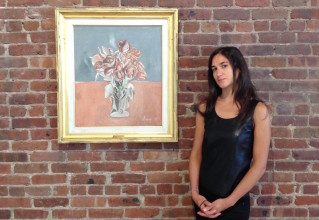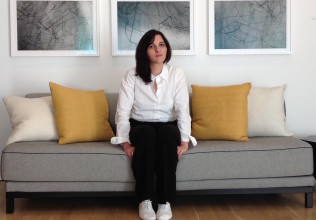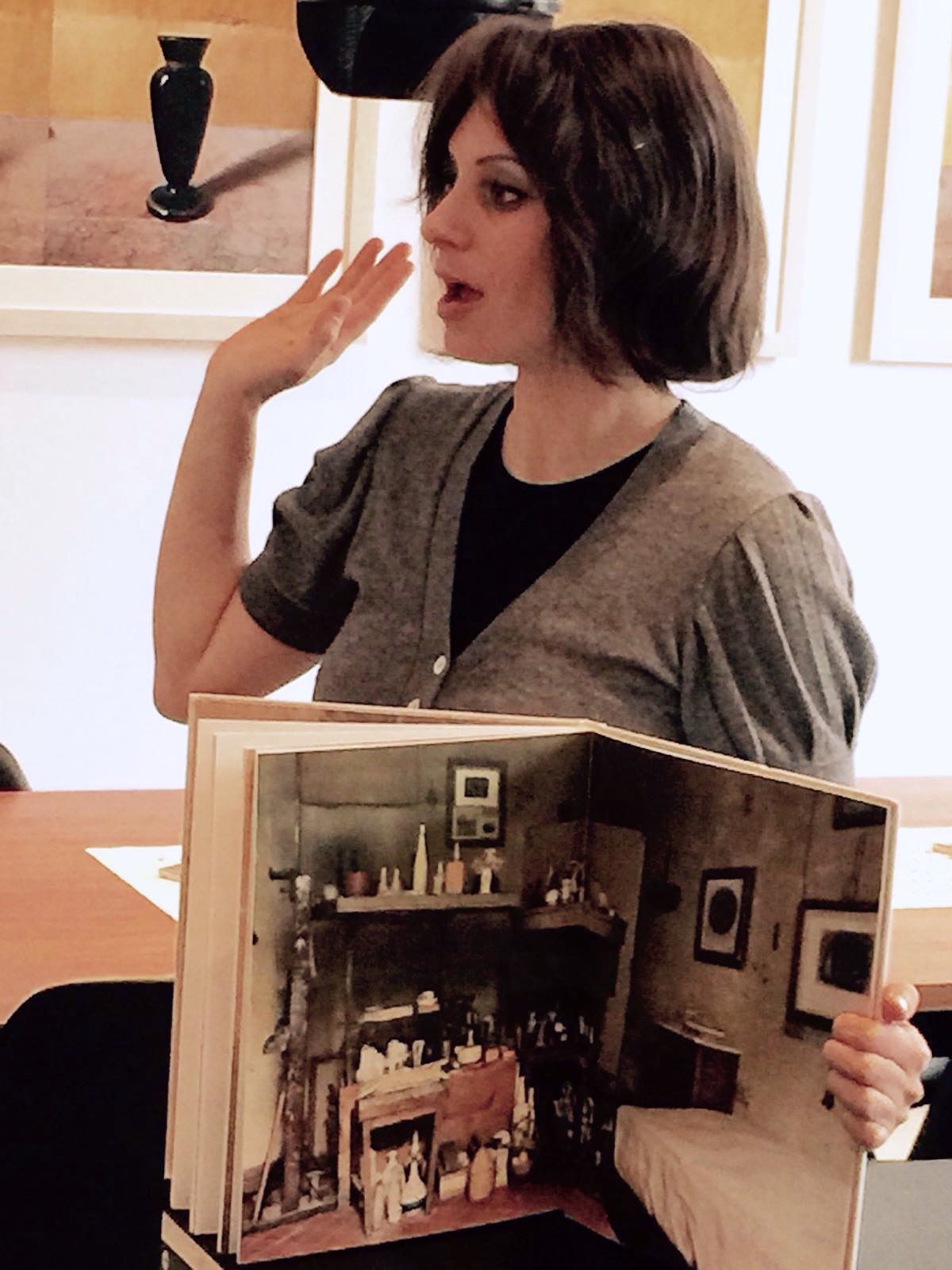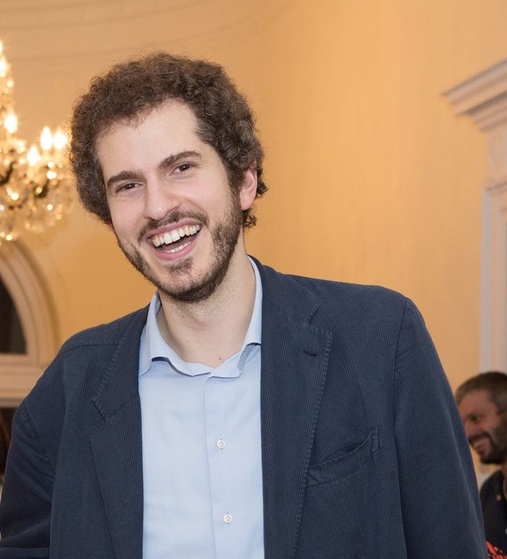Past Fellows
Matilde Guidelli-Guidi
Fall 2015
Matilde is a PhD Candidate in Modern Art History at The Graduate Center, CUNY focusing on twentieth-century European art, media, and architecture, with an emphasis on the return to realism in the interwar years. Her current research focuses on the built environments and architectural visualizations of the Milanese architectural firm B.B.P.R. (est. 1932). Previously, between Bologna and Paris she completed her BA and MA in Early Modern Art History. Her thesis investigated testimonies of sculpture conservation in early modern Italy as practical thinking about the historicity of the artwork. In parallel, she assisted in curating exhibitions and publications at the Musée du Louvre, the International Center of Photography, and the Paula Cooper Gallery, and participated in the 2015 MoMA MRC Workshops, dedicated to the sculptures of Pablo Picasso.
For her CIMA Fellowship, Matilde posits World House Galleries, the New York commercial gallery that gave Giorgio Morandi his first North-American monographic exhibitions (1957, 1960), at the center of an extensive study of the reception of the Bolognese artist in New York’s artistic circles, 1953-1968.
Lucia Piccioni
Fall 2015
Lucia holds a Ph.D. in Art History from the École des Hautes Études en Sciences Sociales (Paris) and the Scuola Normale Superiore (Pise) where she completed her dissertation “Painting and Politics during the Italian Fascism: ‘Italianities’ in Conflict (1922- 1943)” under the supervision of professors Éric Michaud and Mario Pezzella. As a Researcher Assistant she worked during a four-year experience (2009-2012) at the Institut National d’Histoire de l’Art (INHA) in Paris, involved in the historiographical research axis National Issues of Artistic Discourses, 1900-1950 directed by Anne Lafont. She has been a tutor in Art History at the University Panthéon-Sorbonne since 2011 and received a postdoctoral fellowship (2014-2015) at the Deutsches Forum für Kunstgeschichte under the annual program The Liberated Paris and the Arts headed by Laurence Bertrand Dorléac and Thomas Kirchner.
Her research for CIMA deals with the deeply human and anti-technological dimension of Morandi’s still lifes, focusing on writings about the relations between man and technique of German philosophers Oswald Spengler and Walter Benjamin, two main and antagonist figures of the 1930s.
Nicola Lucchi
Spring 2016
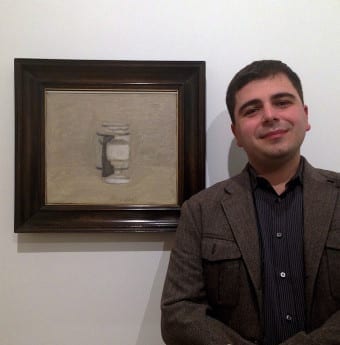 Nicola is a doctoral candidate in Italian Studies at New York University. His dissertation investigates an understudied case of Italian industrial architecture, the Fiat Lingotto car assembly plant. Through an interdisciplinary approach, Nicola is mapping the factory’s sociopolitical, cultural, and aesthetic resonances in interwar Italy. During his undergraduate studies in Italy, at the University of Trieste, Lucchi wrote a thesis on the 1949 MoMA exhibition Twentieth Century Italian Art, with a particular focus on the political framework that surrounded the event. Lucchi’s research interests include Futurism, Socialist Realism, modern Italian literature, visual culture, and the cultural rapports between Italy and the United States during the 20th century. Lucchi has written on the visual and linguistic challenges prompted by modernity and postmodernity in the painterly work of Eugenio Montale, and he is completing essays on Bruno Munari’s activity as a graphic designer.
Nicola is a doctoral candidate in Italian Studies at New York University. His dissertation investigates an understudied case of Italian industrial architecture, the Fiat Lingotto car assembly plant. Through an interdisciplinary approach, Nicola is mapping the factory’s sociopolitical, cultural, and aesthetic resonances in interwar Italy. During his undergraduate studies in Italy, at the University of Trieste, Lucchi wrote a thesis on the 1949 MoMA exhibition Twentieth Century Italian Art, with a particular focus on the political framework that surrounded the event. Lucchi’s research interests include Futurism, Socialist Realism, modern Italian literature, visual culture, and the cultural rapports between Italy and the United States during the 20th century. Lucchi has written on the visual and linguistic challenges prompted by modernity and postmodernity in the painterly work of Eugenio Montale, and he is completing essays on Bruno Munari’s activity as a graphic designer.
For his CIMA fellowship, Lucchi investigated the network of institutions, exhibitions, personal and professional rapports that favored the diffusion of Morandi’s art in the United States during the interwar years.
Nicol Maria Mocchi
Spring 2016
Nicol Maria Mocchi is an Italian art historian specialized in modern and contemporary art. She obtained her PhD in 2014 from the University of Udine with a thesis entitled Fonti visive internazionali per gli artisti italiani negli anni del Simbolismo. Since 2010, she has collaborated with Milan’s Superintendence of Fine Arts and with the Archivio dell’Arte Metafisica. Most of her research has been devoted to Metaphysical Art, from its philosophical-cultural sources (latest essays appear in the exhibition catatalogue Préhistoire et Modernité, Paris 2019; De Chirico e Savinio, Parma 2019); to its national and international spread and reception (i.e. James T. Soby’s relationships to the de Chirico brothers, Studi OnLine, no. 9/10, 2018; Onslow-Ford’s show/lectures held in New York in 1941, Studi OnLine, no. 5/6, 2016). She is the author of La cultura dei fratelli de Chirico agli albori dell’arte metafisica (Milan 2017) based on an in-depth study of the books borrowed or consulted by the de Chirico brothers in the libraries of Milan and Florence between 1909 and 1911. Her other major research interests are the connections and exchanges between diverse visual cultures of the nineteenth and twentieth centuries, with an emphasis on Austro-German, Anglo-American and Italian artists and movements. Her recent publications include essays on Symbolism, Divisionism, Futurism and Secessionist art (Prospettiva, 2018; Saggi e Memorie di Storia dell’Arte, 2018; Stati d’animo, exh. cat. Ferrara 2018), on Morandi (New York New York, ex. cat. Milan 2017), and Boccioni (Umberto Boccioni, ex. cat. Milan/Rovereto 2016).
In 2016, she was a fellow at CIMA working on the reception, visual success and critical fortunes of Giorgio Morandi’s œuvre in the US, leading up to the 1950s.
Teresa Kittler
Travel Fellow 2015-16
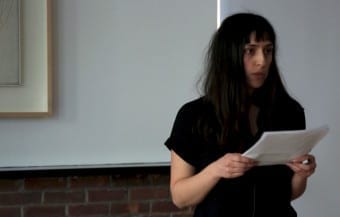
Teresa received her PhD in 2014 at University College London. Her dissertation focused on the social, material, and aesthetic engagement with the image of home on the site of sculptural production by artists in Italy in the 1960s. Since completing her PhD she has worked as Assistant Curator for the 10th Gwangju Biennale. She has also taught on a range of topics at BA level in the History of Art Department and in the Slade School of Fine Art at University College London and at the Ruskin School of Art in Oxford.
For her CIMA travel fellowship, Teresa will consider collaborations between architects and artists for industrial trade fairs such as the Milan Triennale and Eurodomus when debates around the meaning of habitat and the spatial-political turn in the writings of critics brought the disciplines of sculpture and architecture into dialogue. This research forms part of a wider project that examines sculptural production in Italy in the postwar period through the lens of habitat.
CHIARA FABI
Fall 2014
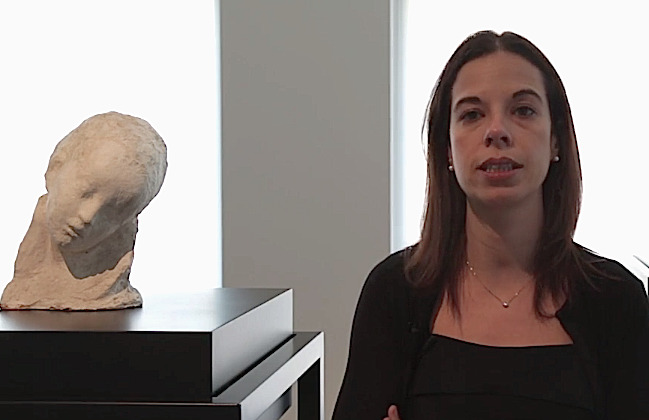
Chiara Fabi is an Italian art historian. She received her doctorate in 2011 at the University of Udine, with a dissertation on the early career of the sculptor Giacomo Manzù (1929-1945). Since that time she has conducted post-doctoral research on the visual sources for Marino Marini’s sculptures, and took part in the National Research Project (PRIN) working on “The multiplication of art: visual culture in Italy, from popular to specialized reviews, magazines, and daily newspapers.” She published several essays on the reception of Italian art abroad during the 1930s (L’Uomo Nero, no. 10, 2013) and on the “osmosis” between official art and the popularization of art history in Italian illustrated magazines (Studi di Memofonte, no. 11, 2013). She is currently publishing a catalogue of the Collection Marino Marini at the Museo del Novecento in Milan (Silvana Ed., forthcoming 2014).
For her CIMA fellowship, Fabi is working on visual representations of Rosso’s work in the United States between the 1940s and the 1960s.
FRANCESCO GUZZETTI
Fall 2014
Francesco Guzzetti is a doctoral candidate at the Scuola Normale Superiore, Pisa. His dissertation concerns the artistic dialogues between Italy and the United States in the 1960s and 1970s, comparing the productions of Conceptual and Arte Povera artists and their ways of rereading the work of earlier artists, such as Medardo Rosso and the Futurists, and their American Abstract Art counterparts. This work builds on his master’s degree, which explored the 1970 exhibition Conceptual Art, Arte Povera, Land Art in Turin. In 2010 he curated the exhibition Ennio Morlotti, 1945-47 at the Museo del Novecento, Milan. Among his publications are “Carrà di fronte a Giotto: la monografia del 1924 per Valori Plastici” (ONH Opera Nomina Historiae, no. 7, forthcoming 2014) and “Marini, o della policromia / Marini, or on polychromy” in the exhibition catalogue Marino Marini: Cavalli e Cavalieri / Horses and Riders (Museo d’Arte Moderna, Nuora; Silvana Editoriale, 2012).
For his CIMA fellowship he will be conducting research on Rosso’s legacy and critical reception after World War II.
ILARIA M. P. BARZAGHI
Spring 2015

Ilaria M. P. Barzaghi is an Italian art historian focused on nineteenth- and twentieth-century art. She received her PhD at the Università degli Studi di Milano. Her doctoral dissertation—which explored the first Italian Industrial Exposition through its iconographic sources—was published as Milano 1881: tanto lusso e tanta folla. Rappresentazione della modernità e modernizzazione popolare (Silvana, 2009).
In her research she emphasizes an interdisciplinary approach, integrating art history with cultural history. She especially studies the issues and the representations of modernity in the 19th and 20th centuries and has a strong interest in the symbolic aspects of social, cultural, and political phenomena. Iconography, visual culture, and the cultural-artistic debate during the totalitarian regimes of the first half of the twentieth century are also among her main research fields.
For her CIMA fellowship she will be exploring Rosso’s photographic practices.
ILARIA CICALI
Spring 2015

Ilaria Cicali defended her doctoral dissertation, “L’opera di Archipenko: un artista nel contesto della scultura contemporanea, 1909-1914,” in 2013, as part of a joint program between the Università di Firenze and the Université de Paris Ouest Nanterre La Défense. Her publications include articles on the development of modern sculpture in the 1910s, the changes that occurred in the representation of the human figure, and the ways that contemporary painting and dance impacted sculpture. She has published essays in the exhibition catalogues Modigliani scultore (MART, Rovereto 2009-2010) and Matisse, la figura. La forza della linea, l’emozione del colore (Palazzo dei Diamanti, Ferrara 2014). She contributed to the catalogue of the new Museo del Novecento in Florence, and worked as a joint-curator for an exhibition sponsored by the Uffizi on the presence of 20th century sculptors in the region of the marble quarries in Tuscany (Forte dei Marmi, July – October 2014).
For her CIMA fellowship she investigated how Rosso’s work was received within the milieu of avant-garde sculpture at the beginning of the twentieth century.
LAURA MOURE CECCHINI
Travel Fellow 2014-15

Laura Moure Cecchini is a PhD candidate in Modern Art and Visual Culture at Duke University, where her research focuses on Italian Moderism. Her work investigates the intersections between philosophy, art history, and art practice in Italy between the fin de siècle and the end of World War II. Laura works under the supervision of Dr. Mark Antliff, and her dissertation analyzes how prominent Italian artists, critics, and art historians from the 1880s and up to 1945—a seminal period in the construction of the Italian identity—reimagined the baroque in order to understand the experience of modernity. Laura also studies the artistic and cultural exchanges between Italy and Latin America, in particular Mexico and Argentina, during the Fascist ventennio. Laura has a B.A. in Philosophy from Universidad Iberoamericana (Mexico City), and a M.Phil. in Philosophy from the National Autonomous University of Mexico (Mexico City). Her most recent publication is “Photodynamism and Vortography: The Futurist Anti-Portraits of Anton Giulio Bragaglia and Alvin Langdon Coburn,” which appeared in the 2014 International Yearbook of Futurism Studies, edited by Günter Berghaus.
For her CIMA travel fellowship, Cecchini will be conducting research in various private and public libraries in Milan and Rome in order to map the debate over the baroque in the Italian press from the 1890s to the 1940s.

